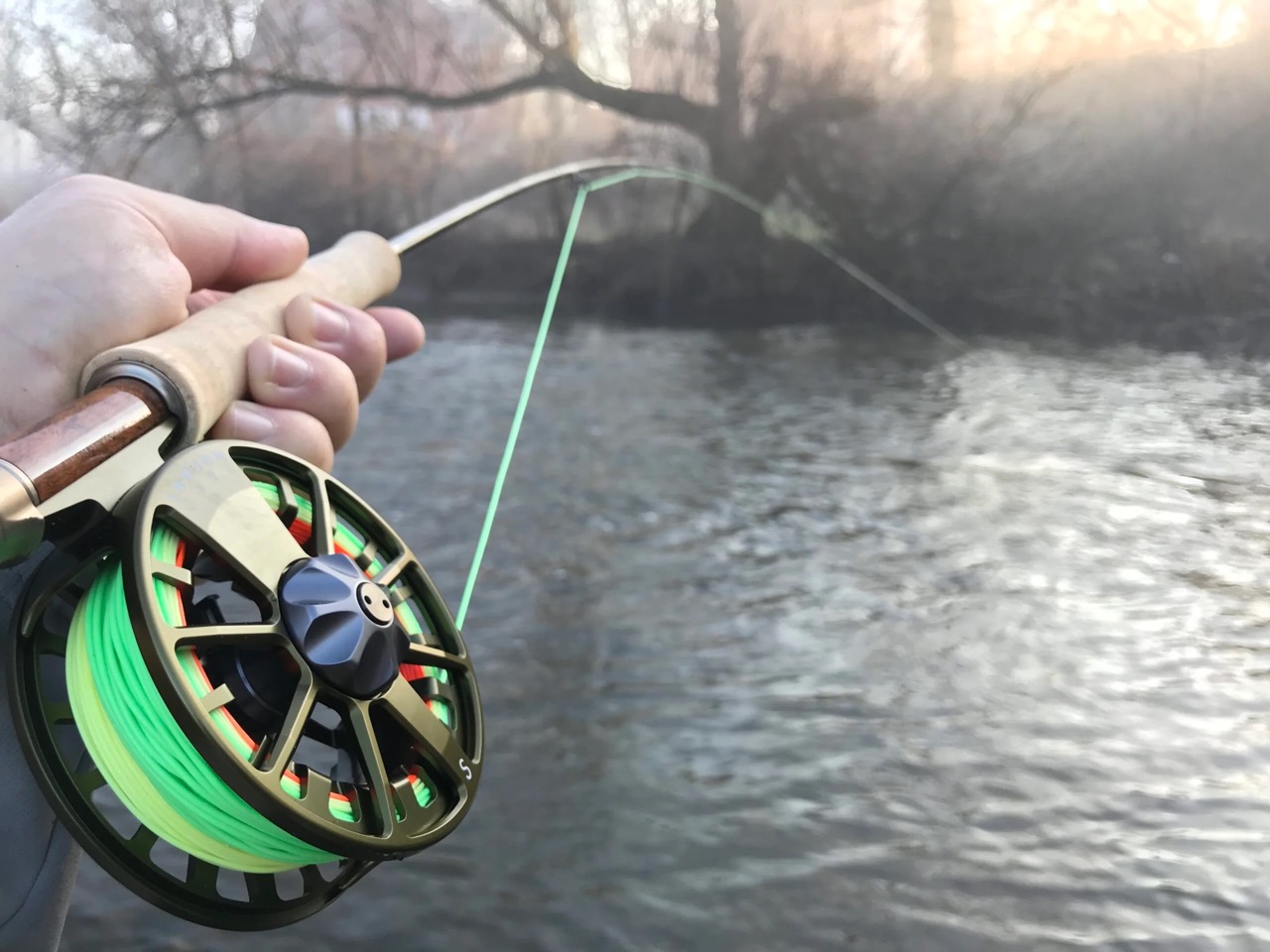Understanding Long-Distance Casting
When it comes to fly fishing, mastering the art of long-distance casting can dramatically improve your success rate on the water. Selecting the Best fly fishing rods is crucial because these rods are designed to provide the perfect balance of power, flexibility, and sensitivity. Long-distance casting requires a rod that can handle heavier lines, extend casting range, and maintain accuracy over longer distances. Anglers seeking the ultimate casting performance must consider factors such as rod length, action, material, and line compatibility.
Choosing the Right Rod Length
Rod length plays a pivotal role in achieving long-distance casts. Longer rods allow for more line to be loaded into the rod during the casting stroke, providing greater distance. Typically, rods ranging from 9 to 10 feet are ideal for long-distance casting. However, the perfect rod length also depends on the angler’s strength, technique, and the fishing environment. For open water or large rivers, longer rods are advantageous, while shorter rods may perform better in tight spaces with obstacles.
Understanding Rod Action
Rod action refers to how a rod flexes when pressure is applied, and it directly impacts casting distance and accuracy. Fast-action rods bend mostly near the tip, generating more energy during the cast and propelling the line farther. Medium-fast rods provide a balance between distance and control, making them versatile options for various fishing scenarios. Slow-action rods, which bend throughout the entire rod length, are less suitable for long-distance casting but excel in delicate presentations for trout or smaller species. Selecting the proper action ensures that your casts are not only long but precise.
Material Matters
Modern fly rods are primarily made from graphite, fiberglass, or composite materials. Graphite rods are lightweight, strong, and responsive, making them the preferred choice for long-distance casting. Fiberglass rods, while more durable, are heavier and slower to recover during the casting stroke, limiting their distance potential. Composite rods combine the advantages of both materials, offering a balance of power, flexibility, and durability. Understanding the differences in rod material allows anglers to choose a rod that complements their casting style and fishing conditions.
Line Selection and Compatibility
Even the Best fly fishing rods cannot perform optimally without the proper line. Weight-forward floating lines are commonly used for long-distance casting because they help load the rod efficiently and maintain stability in the air. Matching the line weight to the rod’s rating is essential; a mismatch can hinder casting distance, reduce accuracy, and even damage the rod. Additionally, considerations such as taper, core material, and coating impact the rod’s overall performance. Proper line selection ensures that your long-distance casts are smooth, controlled, and effective.
Techniques for Maximizing Distance
Selecting the right rod is only part of the equation. Mastering casting techniques such as the double haul, roll cast, and false casting can significantly extend your reach. The double haul, in particular, is highly effective for long-distance casts as it adds extra speed and momentum to the line. Practicing these techniques consistently, along with using the Best fly fishing rods, will allow anglers to achieve greater distances without sacrificing control or accuracy.
Durability and Maintenance
Long-distance casting can put extra stress on your equipment. Choosing rods that are not only lightweight and powerful but also durable ensures longevity and consistent performance. Regular maintenance, including rinsing rods with fresh water after exposure to saltwater or debris, checking guides for wear, and storing rods properly, helps preserve the rod’s action and structural integrity. Investing in high-quality rods and maintaining them properly guarantees years of successful long-distance fishing adventures.
Top Recommendations for Long-Distance Casting
Some of the top-performing rods for long-distance casting combine advanced materials with thoughtful design to maximize distance and accuracy. These rods offer fast action, optimal length, and strong but lightweight construction. While personal preference and fishing conditions influence the final choice, investing in rods specifically engineered for long-distance performance ensures that you can reach further, cast with confidence, and enjoy a superior fly fishing experience.
Conclusion
Mastering long-distance casting requires a combination of skill, technique, and the right equipment. By selecting the Best fly fishing rods designed for extended casts, considering rod length, action, material, and line compatibility, anglers can enhance their performance and enjoy more productive fishing outings. Prioritizing quality, durability, and proper maintenance ensures that every cast reaches its potential, turning your fly fishing trips into memorable successes. Choosing the right rod and refining your technique guarantees that long-distance casting is no longer a challenge but a rewarding part of your angling experience.



